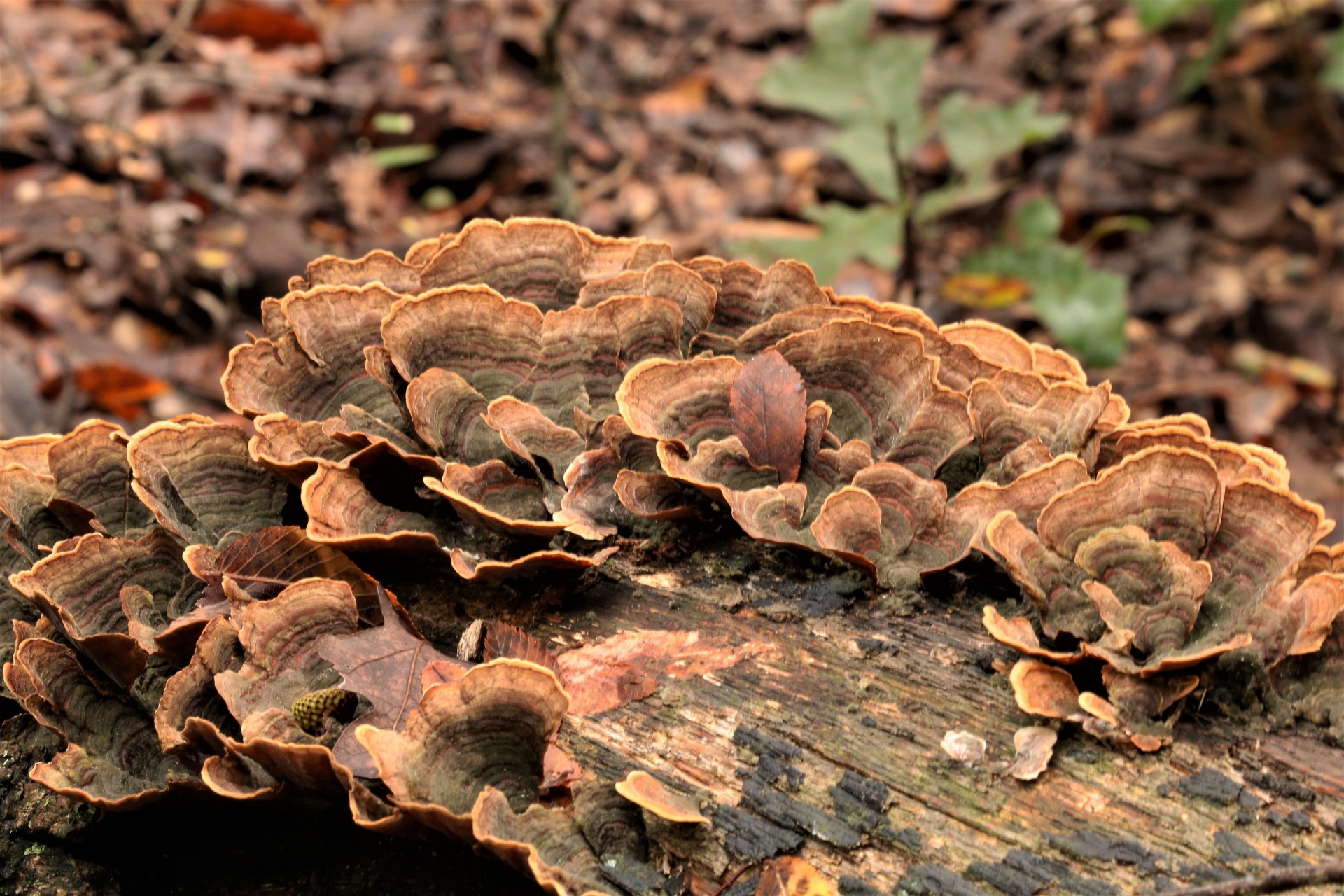Fungi often conjure images of mushrooms sprouting from the forest floor. Yet, the world of fungi extends far beyond these familiar structures. From their intricate networks beneath the soil to their essential role in our ecosystems, this article uncovers the incredible world of fungi.
Unraveling the Fungal Kingdom
Fungi constitute their own kingdom, separate from plants, animals, and bacteria. Estimates of fungal diversity vary greatly, with some scientists predicting that there could be as many as 5 million species. These include molds, yeasts, and the familiar mushroom-forming species.
Unlike plants, fungi do not photosynthesize. They are heterotrophs, obtaining nutrients from organic matter through absorption. This is facilitated by their mycelium, a network of thread-like structures that spread through their food source, secreting enzymes that break down complex organic compounds.
Fungal Diversity and Adaptation
Fungi exhibit an astonishing range of forms and adaptations. They include unicellular yeasts, mold that form sprawling colonies, and mushrooms that emerge from the underground mycelium. Some fungi are microscopic, while others, like the honey fungus Armillaria, can cover thousands of acres, making them among the largest organisms on Earth.
Fungi thrive in an impressive array of environments. They are found everywhere, from the arctic tundra to the deserts, in the soil, in water, and even in the air.
Fungi: The Ecosystem’s Great Recyclers
Fungi play a vital role in nutrient cycling. By decomposing organic matter, fungi release carbon, nitrogen, and other nutrients, making them available to other organisms. Without fungi, dead matter would accumulate, and nutrient cycling would be significantly disrupted.
Many fungi form symbiotic relationships with plants in the form of mycorrhizae. The fungal mycelium extends the plant’s root system, enhancing nutrient uptake. In return, the plant provides the fungi with carbohydrates from photosynthesis. It’s estimated that about 90% of land plants form mycorrhizal relationships, underscoring the ecological importance of fungi.
Fungi and Human Interactions
Fungi have profound impacts on human societies. Yeasts have been used for thousands of years in baking and brewing. Molds, like Penicillium, have given us life-saving antibiotics. Yet, fungi can also be destructive, causing diseases in crops and built environments.
In recent years, we’re learning more about the potential of fungi in sustainability efforts. Certain fungi can degrade pollutants, offering a biological solution to clean contaminated environments, a process known as mycoremediation.
In conclusion, fungi are much more than meets the eye. They are essential connectors in our ecosystems, driving nutrient cycles and forming beneficial relationships with plants. Their diverse forms and ecological roles remind us of the intricacy of the natural world and our own interconnection with it.
